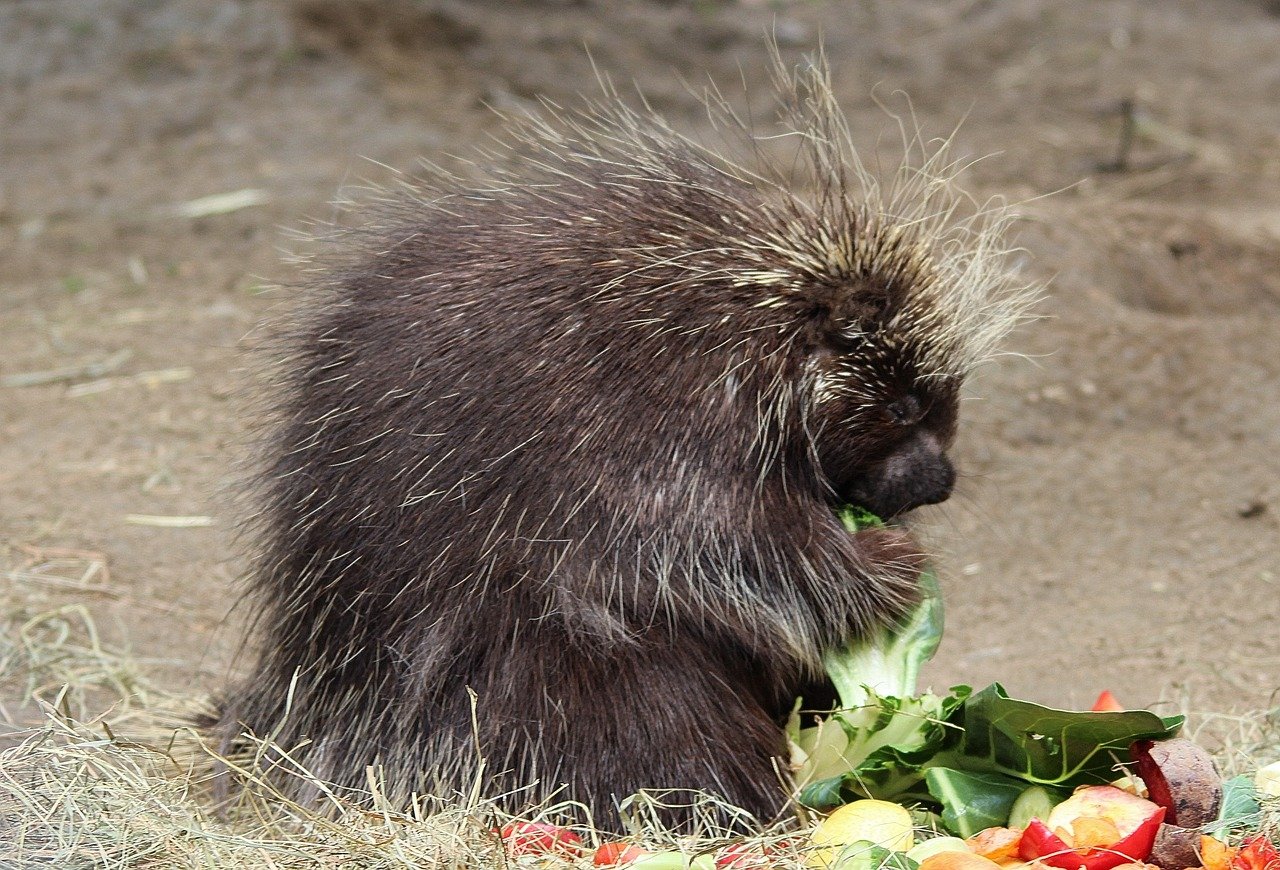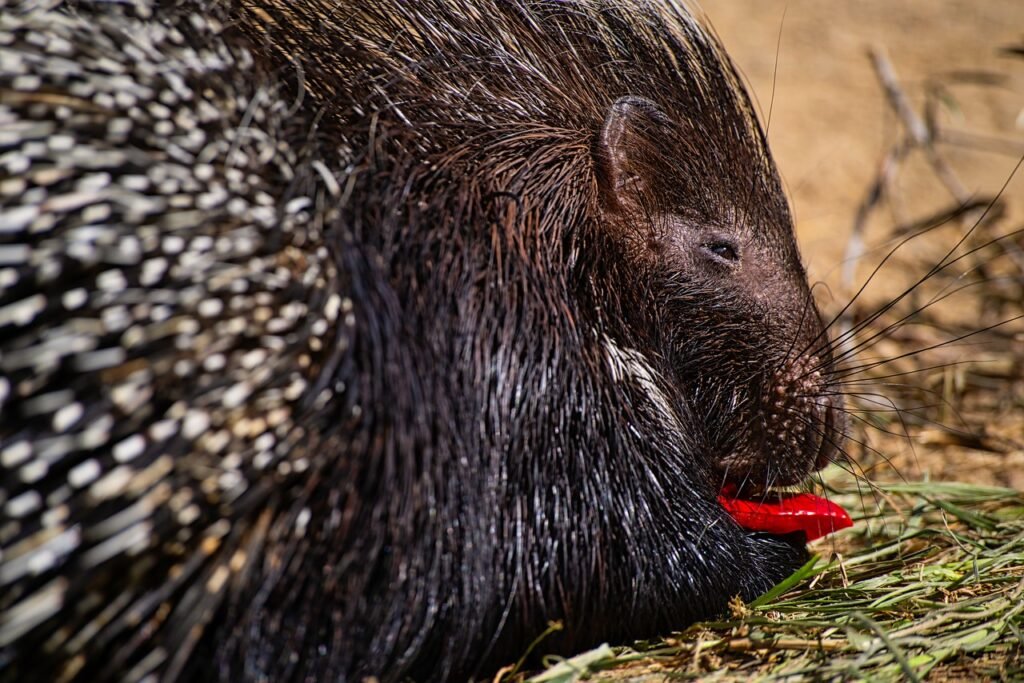Crate training can be a valuable tool for providing your porcupine with a secure and comfortable space, whether for travel, veterinary visits, or as a quiet retreat. However, crate training requires a gradual and positive approach to ensure your porcupine feels at ease in their crate. In this guide, we’ll explore crate training tips to help you create a safe and welcoming environment for your quilled companion.
Choosing the Right Crate:
1. Select a Size-Appropriate Crate:
- Choose a crate that allows your porcupine to stand, turn around, and lie down comfortably. The crate should not be too large or too small.
2. Opt for a Well-Ventilated Crate:
- Select a crate with good ventilation to ensure proper airflow. This helps prevent overheating and keeps your porcupine comfortable.
3. Use a Solid Bottom:
- Opt for a crate with a solid bottom to provide a stable surface. Line the crate with a soft, comfortable bedding material.
Introducing the Crate:
1. Familiarize Your Porcupine:
- Allow your porcupine to explore the crate in a controlled environment. Place treats, toys, or familiar items inside to create positive associations.
2. Gradual Introduction:
- Introduce the crate gradually. Start by leaving the door open and encouraging your porcupine to enter voluntarily. Use positive reinforcement when they do.
3. Positive Associations:
- Associate the crate with positive experiences. Feed meals or offer treats inside the crate to create a positive connection.
4. Close the Door Gradually:
- Once your porcupine is comfortable entering the crate, close the door for short periods. Gradually increase the duration as they become more at ease.
Crate Training Practices:
1. Short Sessions Initially:
- Begin with short crate sessions and gradually extend the duration. This helps prevent stress and ensures a positive crate experience.
2. Use Treats and Rewards:
- Use treats and rewards to reinforce positive behavior. Reward your porcupine when they enter the crate willingly or remain calm inside.
3. Create a Cozy Environment:
- Make the crate inviting by adding comfortable bedding, familiar toys, and items with your scent. This creates a cozy and secure atmosphere.
4. Associate with Relaxation:
- Encourage relaxation in the crate. Provide treats or engage in calming activities inside the crate to associate it with a peaceful environment.
Crate Training for Travel:
1. Gradual Car Exposure:
- If crate training for travel, gradually expose your porcupine to the car environment. Start with short trips and increase the duration slowly.
2. Familiar Items in the Crate:
- Place familiar items from home, such as bedding or toys, inside the travel crate. This helps provide a sense of comfort during journeys.
3. Positive Associations with Travel:
- Create positive associations with travel by offering treats or rewards when your porcupine enters the travel crate. Make the experience enjoyable.
Troubleshooting Tips:
1. Addressing Anxiety:
- If your porcupine shows signs of anxiety, go back a step in the training process. Reintroduce the crate gradually and reinforce positive behaviors.
2. Seek Professional Guidance:
- If you encounter difficulties, consider seeking guidance from a professional animal behaviorist or consulting with your veterinarian.
3. Make Crate Time Positive:
- Ensure that crate time remains a positive experience. Avoid using the crate as punishment to maintain a positive association.
Final Thoughts:
Crate training can be a beneficial practice for providing your porcupine with a safe and comfortable space. By approaching crate training gradually, using positive reinforcement, and creating a welcoming environment, you can help your quilled companion feel secure and content in their crate. Whether for travel, vet visits, or as a cozy retreat, a well-implemented crate training routine enhances the overall well-being of your porcupine.



